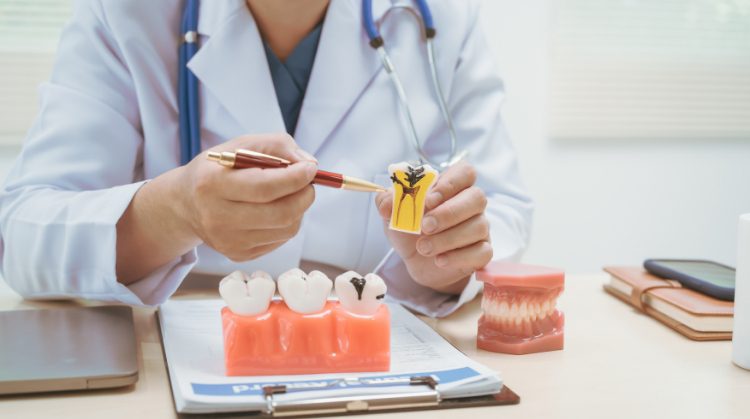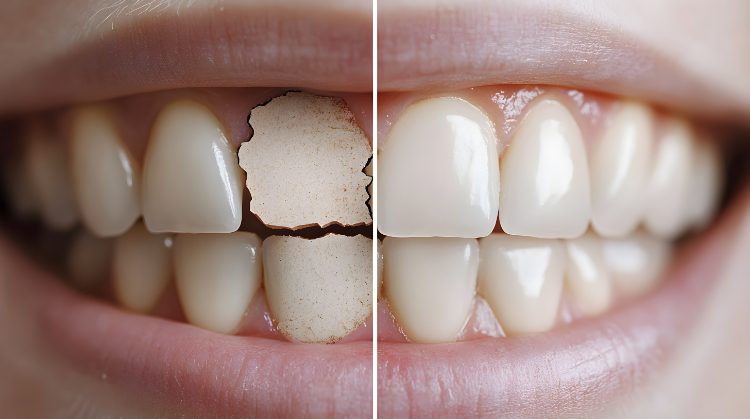
Americans are busier than ever. Today’s modern professionals are all juggling more than ever before. Pressures run high to be the best, the brightest, the most qualified for the job all while trying to balance a personal life, which for some includes the relationships and needs of spouses and children.
Stress Contributes to Poor Overall Health
A survey of American stress levels conducted by the American Psychological Association found that in the course of only six months, between August 2016 and January 2017, the average American stress level rose from 4.8 to 5.1 based on a 10-point scale.
Dr. Amy Norman, DDS, a leading cosmetic and adult dentist in Everett, Washington, has witnessed firsthand the toll stress can take on a patient’s health.
“It’s pretty common knowledge what stress can do to your heart, immune system and mental health. But something not talked about very often is your oral health,” said Norman. “A lot of patients don’t even realize stress is causing them to clench their jaw or grind their teeth, especially since it often happens during sleep while your body is finally trying to relax.”
Norman said this can cause problems ranging from cracked and fractured teeth to something as serious as a TMJ disorder that affects the jaw and can cause pain in the mouth, head, ears, neck and even shoulders.
Mind-Body Interventions Like Yoga Could Be the Answer
A new study by Coventry University has found a link between mind-body interventions and the molecular reactions in our DNA. Researchers said the use of relaxation and stress-reducing activities such as tai chi, meditation and yoga can actually create changes in molecular behavior to combat depression, anxiety and other health concerns associated with stress.
The United States Center for Complementary and Integrative Health defines mind-body interventions as “practices that employ a variety of techniques designed to facilitate the mind’s capacity to affect bodily function and symptoms.”
Some of these include:
- Guided imagery
- Guided meditation
- Hypnosis
- Hypnotherapy
- Prayer
- Art therapy
- Music therapy
- Dance therapy
Brief History of Yoga
According to India’s Ministry of External Affairs, yoga’s purpose is to bring harmony to the mind and the body. The word comes from the Sanskrit word meaning “to join or unite.” In a spiritual sense, the idea is to join individual consciousness with that of universal consciousness.
The practice of yoga dates back thousands of years, some say to the beginning of civilization. It was first mentioned in the Rig Veda, which is one of four sacred texts that make up the pillars of Hinduism. It’s composed of over 1,000 hymns and 10,000 verses.
Today, there are many types of yoga practiced all over the world, some for spiritual reasons and others for cultural or health-related reasons or simply as an enjoyable pastime.
Reducing Stress Is the Best Medicine
Finding ways to reduce stress is the best remedy, said Norman.
“For those who have tried stress-reduction techniques and still find themselves clenching their jaws or grinding their teeth, there are treatment options available,” she said. “We have found great success with comfortable oral appliances that prevent damage to teeth and the jaw.”



